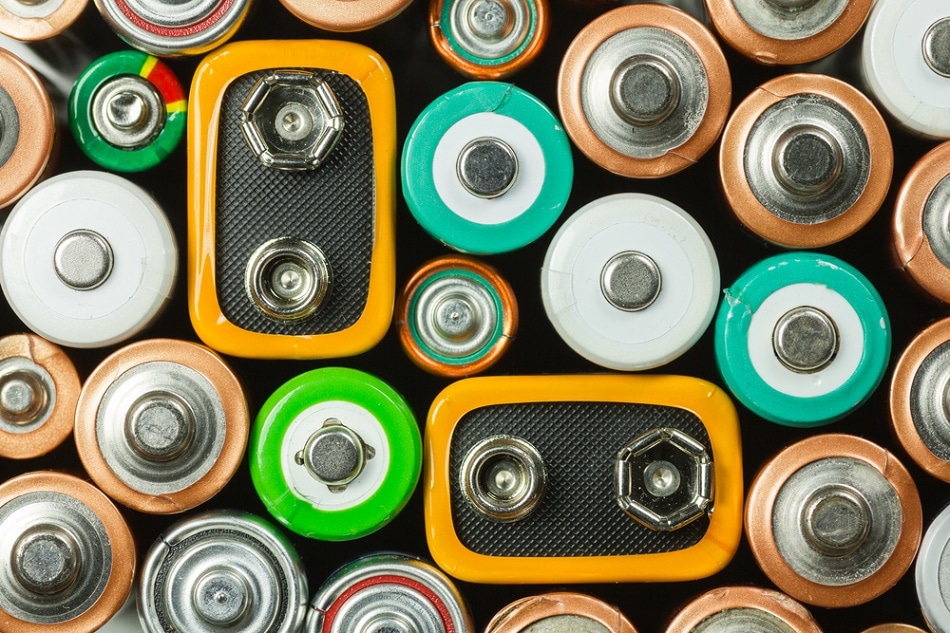 silabob/Shutterstock.com
silabob/Shutterstock.com
A polymer chain organized like a string of Christmas lights could be key to future energy storage say materials chemists in America, who believe they have solved one of the major hurdles in the field.
For years, material chemists have tried to make a new type of battery capable of storing solar or other light-sourced energy in chemical bonds rather than electrons, and that will release energy on demand as heat rather than electricity, thus addressing the need for long-term, stable, efficient storage of solar power.
Now, Dhandapani Venkataraman and PhD students from the University of Massachusetts at Amherst have developed a polymer-based system that can yield an energy storage density more than two times higher than previous polymer systems. Energy storage densities – the amount of energy stored – were in the range of 200 Joules per gram, but the new system can reach an average of 510 Joules per gram, with a maximum of 690.
Theory says that we should be able to achieve 800 Joules per gram, but nobody could do it. This paper reports that we've reached one of the highest energy densities stored per gram in a polymeric system, and how we did it.
Dhandapani Venkataraman
The paper has been published in Scientific Reports, and the authors say that as energy storage density improves – and with their work now approaching the capacity of lithium batteries – applications for the new technology include solar pads that collect energy from the sun by day and then store it for heating food, living spaces, clothing, or blankets at night, an approach which is especially valuable in areas lacking access to the power grid.
Venkataraman notes that his groups’ work would not have been possible without earlier theoretical work by Jeffery Grossman from MIT.
Without his paper and his thoughts on the theory, I don't think we would have gotten where we are today.
Dhandapani Venkataraman
Grossman suggested higher energy density might be achieved if the commonly used compound, azobenzene molecules, were arranged along a rigid carbon nanotube, which would enable scientists to manipulate the molecular interactions and determine how much energy is taken up and released.
Venkataraman explains, "We understood the idea of controlling the arrangement, but we thought: What if we use a flexible polymer, not a rigid tube? Something like a string of Christmas lights, where the lights are the azobenzene molecules. Because what you cannot do with a carbon nanotube is reduce the distance between the molecules. We thought that the structure of a polymer chain would let the azobenzene groups get closer to each other and interact, which is when they gain energy and become more stable."
Their idea worked, he adds, "but we didn't understand why. The finding was unexpected, so we couldn't stop there. Every time my students came to me with unexplained high numbers, I sent them back to do more control experiments to understand and validate the findings. We had to be skeptical, because we had an unusual result."
Venkataram says, "The twist in the story is that we thought that the distance between the lights in the string was the most important. It is important, but what is more important is the way that multiple strings and their lights are carefully arranged. It turns out that the processing solvent we used acts to arrange and regulate the architecture, so the azobenzene molecules attached to the polymer are arranged very neatly and compactly. It basically acts to ensure that there can be maximum packing density."
Tetrahydrofuran (THF) was used as the solvent, which affects the energy on the macro scale. “It starts out with how the solvent molecule interacts with the polymer and it turns out that that is related to the molecular packing, how they are arranged in space. When the molecules are packed properly they can gain more energy,” explains Venkataram.
The work was carried out in collaboration with scientists at Schrödinger, Inc., a scientific software and solutions company who helped the UMass Amherst scientists to understand the origins of the observed high energy storage densities.
The team now plan to follow up this discovery with work to solve practical problems related to charging the system – so they have not made a battery yet, but that is the next step.
Disclaimer: The views expressed here are those of the author expressed in their private capacity and do not necessarily represent the views of AZoM.com Limited T/A AZoNetwork the owner and operator of this website. This disclaimer forms part of the Terms and conditions of use of this website.